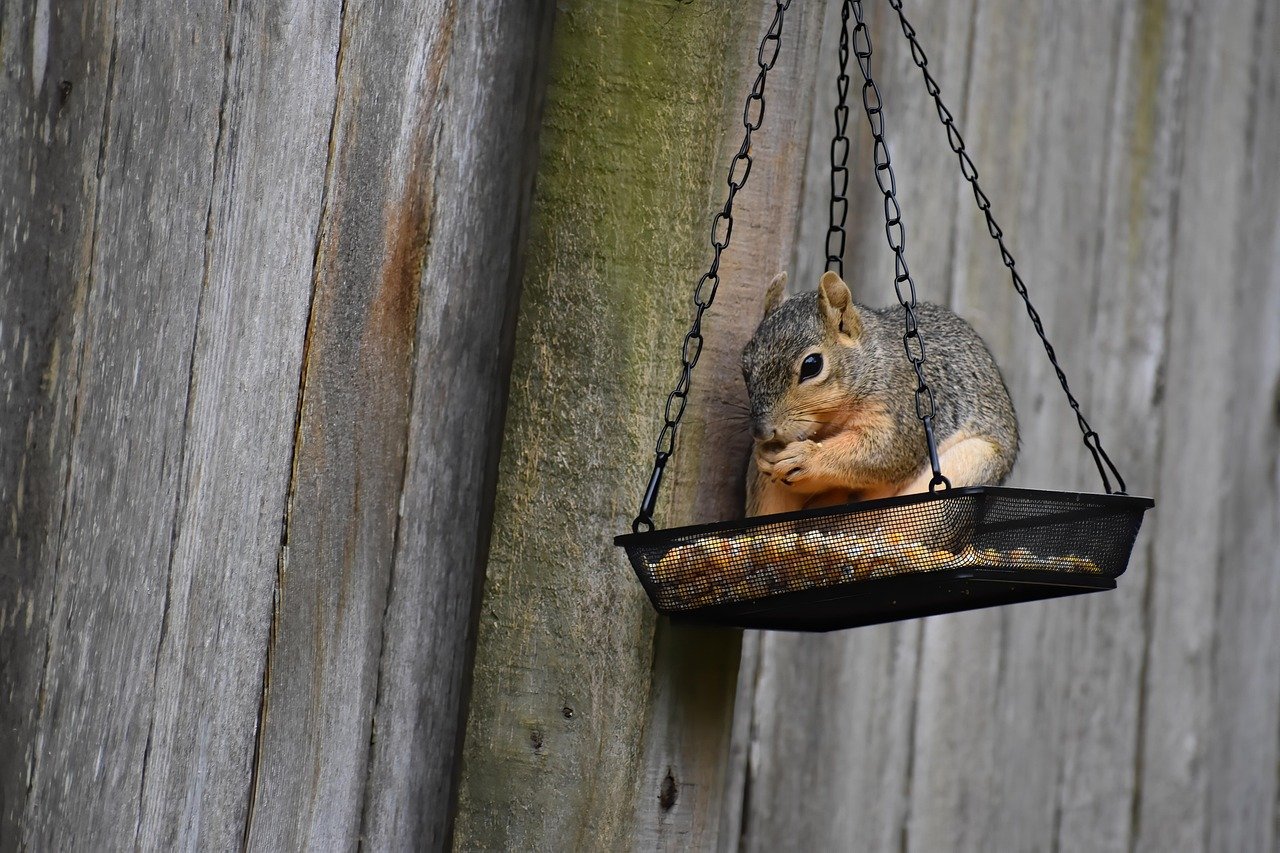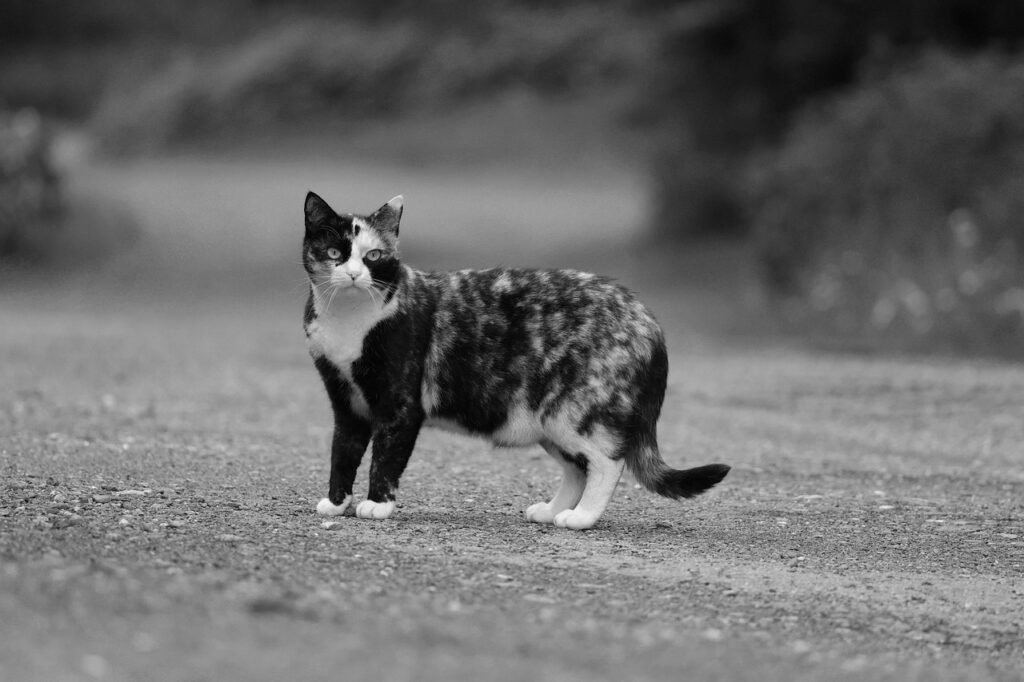Have you ever felt a twinge of jealousy watching your cat ignore everyone else in the room, only to curl up lovingly on the lap of just one person? For many cat lovers, this mysterious loyalty is as touching as it is puzzling. Why do some cats seem to form an unbreakable bond with a single human, shutting out the rest of the world? The answer lies in a fascinating mix of feline instinct, personality, and even our own behavior. If you’ve ever wanted to unlock the secret doors of your cat’s heart, keep reading—because what you discover may surprise and move you.
The Influence of Early Socialization

Kittens go through a crucial window of socialization between two and nine weeks old. During this time, their interactions with people and other animals shape their lifelong attitudes. If a kitten experiences gentle handling by just one person, they often develop a preference for that individual. This early bonding can make a cat more attached to a single human, especially if other interactions are limited. Cats who miss out on varied social contact may become wary or indifferent toward strangers. The memories formed during these formative weeks can be strong and lasting. For many cats, these early connections lay the groundwork for a one-person bond that persists into adulthood. The warmth and safety felt during early handling can create a powerful foundation for trust with one chosen person.
Personality Traits of the Cat

Cats, like people, have distinct personalities that influence the way they form relationships. Some felines are naturally introverted, preferring calm environments and minimal social interaction. These cats might gravitate toward just one person who matches their temperament. More outgoing cats may enjoy the company of multiple people, but shy or skittish cats can be overwhelmed by too much attention. The cat’s breed can also play a role; for example, Siamese and Maine Coon cats are known for forming deep attachments to their humans. Individual quirks, such as a preference for quiet or dislike of change, can make a cat more selective about whom they bond with. Ultimately, a cat’s unique personality helps determine the depth and exclusivity of their relationships.
Human Behavior and Consistency

Cats are incredibly observant when it comes to human behavior. Consistency in routine, tone of voice, and gestures can make a person more appealing to a cat. If one person always feeds, plays with, or comforts the cat, trust naturally develops. Cats respond positively to predictability, so a human who offers routine and calm interactions will likely become the favorite. Unpredictable behavior, loud voices, or sudden movements from others may cause the cat to retreat. Over time, the cat associates one person with safety and comfort, deepening the connection. This repeated positive reinforcement builds a unique relationship that others may find hard to replicate.
The Role of Scent and Familiarity

Scent plays a huge role in how cats perceive their environment and companions. Each person has a unique smell, which cats use to identify and remember individuals. If a cat spends most of their time with one person, that scent becomes a source of comfort. Cats often rub their faces on their chosen human, marking them as part of their territory. This behavior strengthens the bond and reinforces the sense of belonging. In multi-person households, the cat may ignore others simply because their scents don’t feel as familiar or safe. The strong association between scent and security is one reason why some cats are fiercely loyal to just one person.
Feeding and Caregiving Patterns

Feeding is one of the most significant ways to earn a cat’s trust and affection. The person who provides food becomes associated with positive experiences and survival. Cats quickly learn to recognize the sounds and routines linked to mealtime, and they associate those patterns with the provider. Beyond feeding, regular grooming, playtime, and veterinary care also impact a cat’s loyalty. The individual who takes on these tasks is often seen as the primary caregiver. Over time, the cat learns to rely on this person for comfort and support. This dependence fosters a deep sense of attachment that can overshadow all other relationships.
Painful or Traumatic Experiences

Cats who have experienced trauma or neglect may be slow to trust new people. If a single person rescues or rehabilitates them, the cat often forms a special bond as a result. The memory of being saved can be powerful and enduring, especially for cats who felt unsafe before. These cats may always be wary of strangers but show unwavering loyalty to their rescuer. Even small negative experiences with others, like loud voices or rough handling, can reinforce a preference for the person who was gentle and patient. Fearful cats often seek out the safest option, and that typically means sticking with the person who helped them heal. This bond is built on gratitude, trust, and the comfort of safety.
Breed-Specific Tendencies

Certain breeds are more likely to form strong attachments to one person. For example, Russian Blue cats are famously loyal and shy around strangers. Siamese cats often pick a favorite human and follow them everywhere. Ragdolls, on the other hand, are known for being affectionate with everyone in the family. These breed tendencies are rooted in genetic traits that influence social behavior and bonding. Understanding the specific traits of your cat’s breed can help explain their attachment style. Some cats are simply predisposed to single-person loyalty, while others are more social by nature. Recognizing these differences can deepen your appreciation for your cat’s unique way of showing love.
Environmental Factors in the Home

The home environment plays a vital role in shaping a cat’s relationships. In busy households with lots of noise and activity, a shy cat may seek refuge with the quietest person. If one person spends more time at home, the cat will naturally develop a closer connection with them. Changes in the home, such as new pets or people, can reinforce a cat’s preference for their favorite human. Stressful events, like moving or renovations, often drive cats to cling even more tightly to the person who provides reassurance. The layout of the home, access to private spaces, and even the presence of children can all influence a cat’s attachment. Ultimately, a peaceful and predictable environment helps foster a strong one-person bond.
The Impact of Routine

Cats are creatures of habit and thrive on predictable routines. The person who consistently provides food, playtime, and affection becomes an anchor in the cat’s life. Daily rituals, like morning cuddles or bedtime treats, help build trust and familiarity. Cats quickly learn to anticipate their favorite person’s actions, creating a sense of stability. Interruptions to these routines can cause stress, making the cat even more reliant on the person who maintains them. Over time, these shared moments become the foundation of a deep emotional bond. The comfort of routine is a powerful reason why some cats are so devoted to one human.
Emotional Sensitivity of Cats

Cats are surprisingly attuned to human emotions. They can sense when their favorite person is sad, happy, or anxious, and often adjust their behavior accordingly. Some cats will offer comfort by snuggling close during times of distress. This emotional sensitivity helps strengthen the connection between cat and human. The person who is most emotionally available or gentle may become the cat’s safe haven. Cats may choose to avoid people who seem tense or unpredictable, gravitating instead to those who offer a calm presence. The emotional feedback loop between a cat and their chosen person is both subtle and profound.
Communication Styles Between Cat and Human

Every cat has their own way of communicating, whether it’s through vocalizations, body language, or subtle gestures. The person who learns to “speak cat” and responds appropriately is more likely to win the cat’s trust. Simple actions like mimicking the cat’s slow blinks or respecting their boundaries go a long way. Understanding these cues creates a shared language that deepens the bond. Some people naturally communicate better with animals, which can make them a cat’s favorite. When a cat feels understood, they’re more likely to invest in a single, meaningful relationship. This mutual understanding is often the hidden key to exclusive feline loyalty.
The Science of Attachment

Recent research shows that cats form attachments to humans similar to the way children attach to parents. In studies, cats exhibited signs of distress when separated from their chosen person and sought comfort upon reunion. This attachment style is influenced by both genetics and life experiences. Securely attached cats are confident and affectionate, while insecurely attached cats may be clingy or anxious. The strength of the attachment depends on the quality of the relationship and the consistency of care. Understanding the science behind this bond can help explain why some cats choose one person above all others. The emotional depth of these connections is more complex than many people realize.
Jealousy and Possessiveness in Cats

Cats can display surprising signs of jealousy when their favorite person pays attention to others. They might interrupt conversations, insert themselves between their human and another pet, or even act out by knocking things over. This possessiveness is a sign of how much they value their relationship. While it may seem amusing, it’s also a reminder of the emotional intensity underlying the bond. Cats want to protect their source of affection and comfort, sometimes going to great lengths to keep others at bay. Understanding this behavior can help prevent misunderstandings and maintain harmony in multi-pet households. At its core, feline jealousy is a testament to the depth of their loyalty.
Physical Affection and Touch Preferences

Not all cats enjoy being petted or cuddled, but those who do often reserve these displays of affection for their chosen person. The sensation of touch releases calming chemicals in both cat and human, reinforcing positive feelings. Some cats may seek out lap time, belly rubs, or gentle strokes from only one individual. This selective affection is a clear indicator of trust and attachment. For cats who are less physically demonstrative, even small gestures—like sitting nearby or head-bumping—carry significant meaning. The way a cat responds to touch can reveal a lot about their relationship preferences. Respecting their boundaries strengthens the bond even further.
Changes in Household Dynamics

Major life events, such as a new baby, a roommate moving in, or the addition of another pet, can dramatically affect a cat’s sense of security. In times of upheaval, cats often become more attached to their primary caregiver. The familiar routines and scents provided by their favorite person become even more important. Some cats may become withdrawn or anxious, while others demand extra attention. These changes can either reinforce an existing bond or, in some cases, shift the cat’s loyalty. Understanding how sensitive cats are to their environment helps explain why they may seem more “clingy” around certain people during stressful periods.
The Mystery of Feline Memory

Cats have remarkable long-term memories, especially when it comes to relationships. They remember who fed them, played with them, and comforted them during difficult times. Positive and negative experiences are stored away, guiding future interactions. A cat who has been treated kindly by one person will recall those moments and seek them out again and again. This memory-driven loyalty is often mistaken for stubbornness, but it’s really a sign of trust and affection. Even after years apart, some cats will instantly reconnect with their chosen person, as if no time has passed. Their memories create a deep and lasting foundation for attachment.
Health and Wellbeing Connections

Cats are sensitive to the health and wellbeing of their human companions. Some cats have been known to detect illness or emotional distress, responding with increased attention or concern. This empathetic behavior often strengthens the bond between cat and human. When a person is unwell, their cat may become more attentive, seeking to provide comfort or simply staying close. This instinctive caregiving is not only touching but also highlights the mutual dependence in the relationship. The cat’s ability to sense changes in their person’s health can deepen their emotional connection. Such moments of shared vulnerability can turn a simple bond into a lifelong partnership.
Adoption Stories and Rescue Bonds

Adopted and rescued cats often form incredibly deep attachments to their saviors. The process of moving from fear and uncertainty to safety and love creates a powerful emotional imprint. Many adopters report that their rescue cat follows them everywhere, as if wanting to express constant gratitude. This “second chance” at life for the cat can make the bond especially intense and exclusive. The shared journey of building trust after trauma becomes a vital part of the relationship. These cats may always be wary of others, but they reserve a special place in their hearts for the person who gave them hope. Such stories are both moving and inspiring for anyone who has opened their home to a cat in need.
Age and Life Stages of the Cat

A cat’s age and life stage can influence their attachment style. Kittens are often more open to new experiences and relationships, while senior cats may become set in their ways. Middle-aged cats might develop a deeper bond with one person as they settle into a routine. Illness or the challenges of aging can also make a cat more dependent on a familiar caregiver. The stability and comfort provided by their favorite human become increasingly important as the cat grows older. Understanding these changes can help cat owners respond with patience and empathy. Every stage of life offers new opportunities to deepen the relationship.
Learning and Training Together

Cats who engage in learning or training activities with their person often develop a stronger bond. Whether it’s clicker training, teaching tricks, or simply playing interactive games, these shared experiences build trust and communication. The person who invests time in teaching and encouraging their cat becomes more than just a caregiver—they become a partner. Positive reinforcement used during training strengthens the association between the person and good feelings. These moments of learning together can be incredibly rewarding for both cat and human. Over time, the cat’s loyalty and affection naturally gravitate toward the one who makes them feel accomplished and understood.
The Uniqueness of Every Cat-Human Bond

No two cat-human relationships are exactly alike. Each bond is shaped by a unique mix of history, personality, environment, and shared experiences. Some cats are fiercely loyal to one person, while others spread their affection more widely. The beauty of these relationships lies in their individuality and depth. For those lucky enough to be chosen as a cat’s “person,” the connection can feel almost magical. Understanding the reasons behind this exclusivity makes the relationship even more meaningful. In the end, the mystery and wonder of feline devotion is something that continues to captivate and inspire cat lovers everywhere.
Hi, I’m Bola, a passionate writer and creative strategist with a knack for crafting compelling content that educates, inspires, and connects. Over the years, I’ve honed my skills across various writing fields, including content creation, copywriting, online course development, and video scriptwriting.
When I’m not at my desk, you’ll find me exploring new ideas, reading books, or brainstorming creative ways to solve challenges. I believe that words have the power to transform, and I’m here to help you leverage that power for success.
Thanks for stopping by, Keep coming to this website to checkout new articles form me. You’d always love it!






